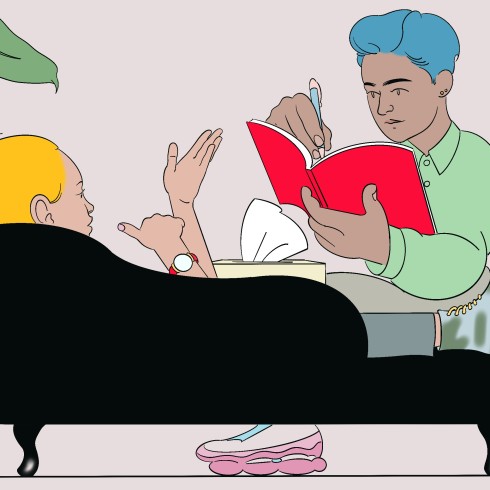I’d never stuck with therapy. Then I tried psychoanalysis

Once in a psychoanalysis session, I cried and laughed at the same time. The energies of each separate, simultaneous outburst seemed to feed each other until I was both cackling in an almost crazed fashion and wailing wretchedly. It was as strange as it sounds. And once it had started, it seemed as if it would never stop. I wondered if they would eventually morph into the same strange, wild thing. But they never did. There was always a discernible separateness. It burnt out after a little while, the way a fit of laughter always does.
My analyst was laughing with me. Then she shook her head and said: “Well, what on earth was that? I have never seen that before.” I laughed too (normal laughter) and told her I didn’t really know, I had never seen or done it before either. I asked her if she thought that laughter and crying could be an outlet for the same emotion, and if maybe that meant I felt something so strongly that I expressed it in both ways. Laughter is associated with joy, but it can also be a release, a coping mechanism, a distraction or many other things. Crying can be a form of relief. Relief sometimes feels close to joy. And joy is often framed by a tinge of sadness, and vice versa.
This story originally appeared on: Financial Times - Author:Rachel Connolly
























